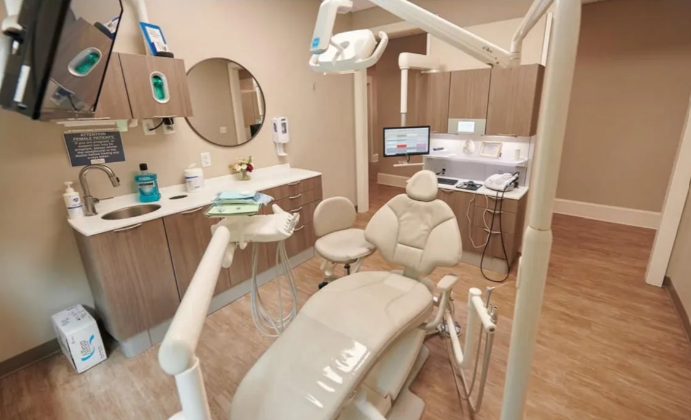This month, we feature a selection of proven products for dental unit waterline maintenance, alongside other quality solutions designed to keep you in step with best practices for infection control and prevention.
As a dental healthcare professional, you work year-round to keep your patients and colleagues safe and healthy. September is the Organization for Safety, Asepsis and Prevention’s (OSAP’s) Dental Infection Control Awareness Month (DICAM) which means it’s a great time to revisit and re-evaluate the essential systems, tools, and practices that make safe dental treatment possible.
When it comes to achieving a high level of safety and infection control in any practice, maintaining your dental unit waterlines (DUWLs) is among the highest priorities.
Dental waterlines play an important role in patient treatment, ensuring adequate irrigation of the oral cavity and cooling for powered equipment.
However, the design of these systems also primes them to be a potential source of infection. DUWLs feature long, narrow-diameter plastic tubing, which, given inconsistent flow rates, periods of stagnation, and retraction of fluids from the oral cavity, creates optimal conditions for biofilm to gather and grow.
According to the Centers for Disease Control and Prevention (CDC), the moist, inner surfaces of new lines can begin to accumulate colonies of bacteria and other microorganisms in just a few hours. If untreated, it can take less than a week for heterotrophic bacteria levels to reach 200,000 colony-forming units per mL (CFU/mL) – a number 400 times the acceptable limit set by the Environmental Protection Agency (EPA) for safe drinking water.
When contaminated lines are used during treatment, the microbes within can become dislodged and enter the water stream. Consequently, patients in the chair are put at risk of direct exposure, as are personnel and other patients who enter the operatory since infections pathogens can travel via aerosols and spatter. Recent history has shown several starting examples of the dangers of improper DUWL maintenance – most notably, in 2016, a California pediatric dental clinic experienced the largest recorded outbreak of odontogenic nontuberculous Mycobacterium. In this incident, 71 children, ages 2 to 11, developed Mycobacterium abscessus infections when contaminated waterlines were used during treatment. All patients required hospitalization and surgery, and many ultimately lost permanent teeth along with parts of their facial bone. Meanwhile, the clinic faced 150 lawsuits from the patients’ families and, in the aftermath, was required to overhaul its infection control practices before resuming regular operations.
3 Steps to Safety
While there are many different products available for purchase, the solutions to maintain waterline safety can be divided into three basic categories:
Shock Treatment
After purging DUWLs, shocking is performed by adding a chemical solution, filling the lines, and then flushing to remove any microorganisms and extracellular material. How often offices need to administer these treatments will vary, as it depends on the equipment and products they use, as well as water quality test results. However, experts recommend that a shock treatment be performed at least once every 90 days, whenever starting a new waterline maintenance protocol, after changing treatment products, or when test results show heterotrophic bacteria counts above 500 CFU/mL.
Continuous Treatment
Continuous treatment products come in the form of tablets, cartridges (straws), and liquids containing chemicals that reduce and inhibit the growth of biofilm in waterlines. Some of these products are designed to deliver disinfecting chemicals over a longer period, while others must be readministered daily.
Testing
The last step of an effective DUWL maintenance regimen, clinical monitoring or testing, is performed using either an in-office or mail-in laboratory test kit. OSAP recommends that dental offices test monthly upon starting a new waterline maintenance routine, and then switch to quarterly testing once water quality reaches acceptable levels (below the recommended 500 CFU/mL) for two consecutive months.
If you have any other questions about infection control, your Patterson representative would be more than happy to help you figure out what works best at your practice!



